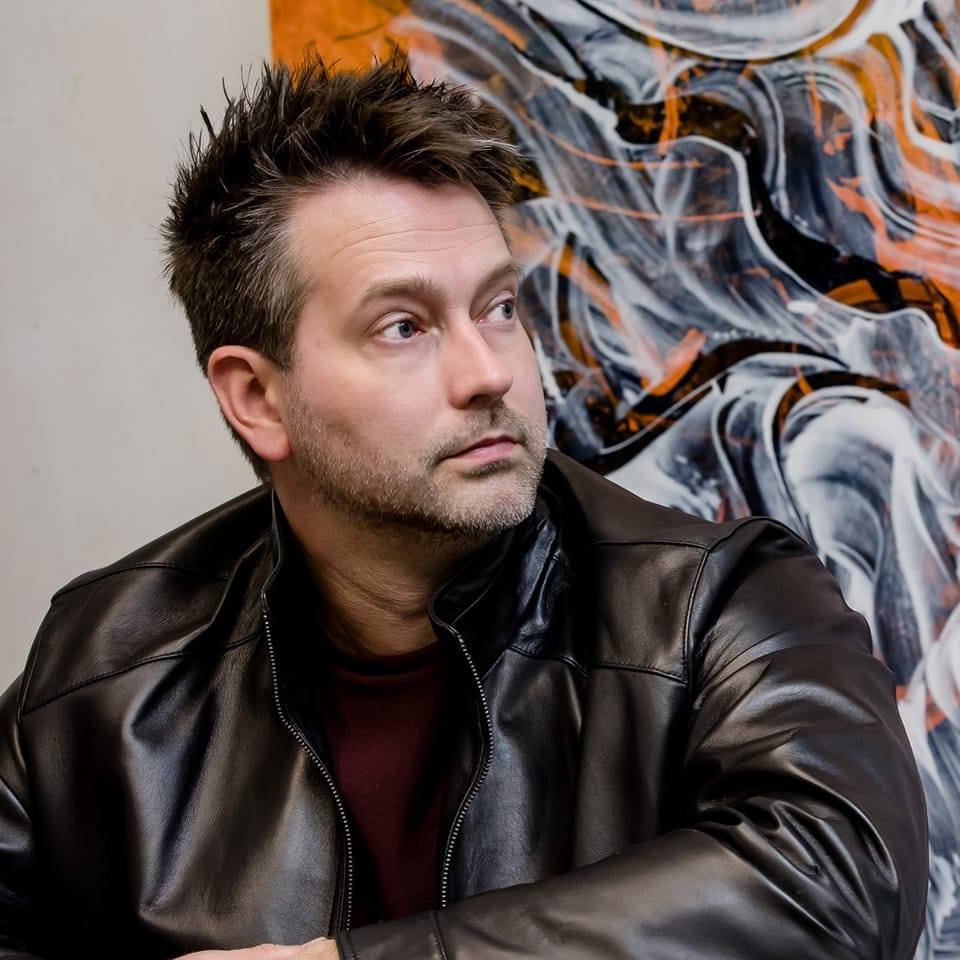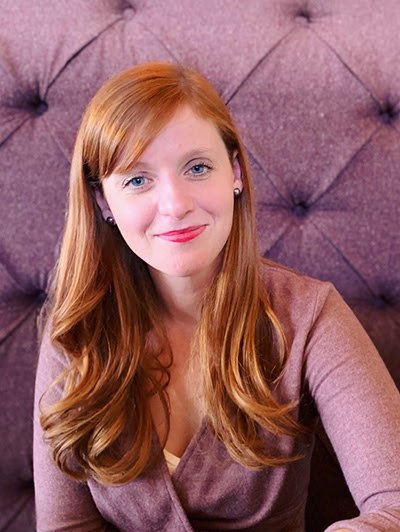So what I worked with was a list of about 100 or more artist’s websites, almost any artist with a working website that would have been recommended by any one of four or five curators to Great Meadows Foundation. That was the initial filtering, and then I did my own filtering, and found about 50 artists whose studios I wanted to visit. Before I leave it will be 42 or 43 actual visits.
Which is a lot in that amount of time, especially if you don’t want them to be cursory, superficial, drop-ins.
It is a lot of time, and it’s also a kind of privileged connection. If you are a curator and on the road somewhere and they have booked you to do 10 studios in the same building, because you are packing so much into a limited time, there is always this sense that you are looking at your watch or looking at the door. You can have a quality experience but you’re having it within a constrained limit.
In this circumstance, in contrast, what I’ve been able to do is pretty much show up at the artist’s studio and stay as long as I need to, or want to. There are exceptions, but usually I have seen one or two artists in a day, and that allows me to feel fresh about the exchange that we are having, and also to give the time that the circumstances seem to require.
At the March 28 panel discussion at KMAC, a question was posed to you: are you going to deliver a policy report, or some kind of report card, and you made it clear that you didn’t see that as your mission, that you will somehow summarize or provide a quantifiable analysis.
Correct. I’m not part of a longer process where I am expected offer my own metrics to what’s working and what’s not in the Louisville art scene. We have an exit interview, and I will give a formal statement (to Great Meadows), but I think the understanding is that it will proceed more organically, get things going, form a relationship, and let it evolve on its own.
And that the value, as you said, is that time in the studio with those artists, and their time with you, so that - who knows, you may wind up working with them in the future?
Right, and what would normally happen…you, know we talked a lot last night (at KMAC) about the centralization of the NY art world, and how the machine would normally work for a Louisville or Lexington based artist, or elsewhere in Kentucky, is that a curator of national profile working on a new project that would make it relevant to visit studios would come to your town. The Whitney Biennial would be the obvious example, where every other year the curators would go out into the field and check out a lot of work. Very famously, Crystal Bridges spent - I think it was three years, visiting over a thousand studios, or some even more impressive number.
As an artist you want your local or regional curators to know who you are, and you want their support, but, presumably, they can only get you so far in terms of national recognition, and if that (national) curator is coming, they have 15 minutes in your studio, and they have to do a blog post, and they have to phone into a meeting, and they are checking their emails the entire time, so that is not helpful in terms of where the artist feels he or she is in terms of their work and where they want to be, and so just the idea is that a kind of professional mentoring will just happen if a natural, normal conversation unfolds in the studio context.
Are there things that surprised you about what you discovered here?
No. I think I am almost beyond surprise in a sense. What’s always wonderful is when you see outstanding artists whose name had never crossed your paths, and the point isn’t whether you might work with them in the future, the point is that you saw them in the first place.





